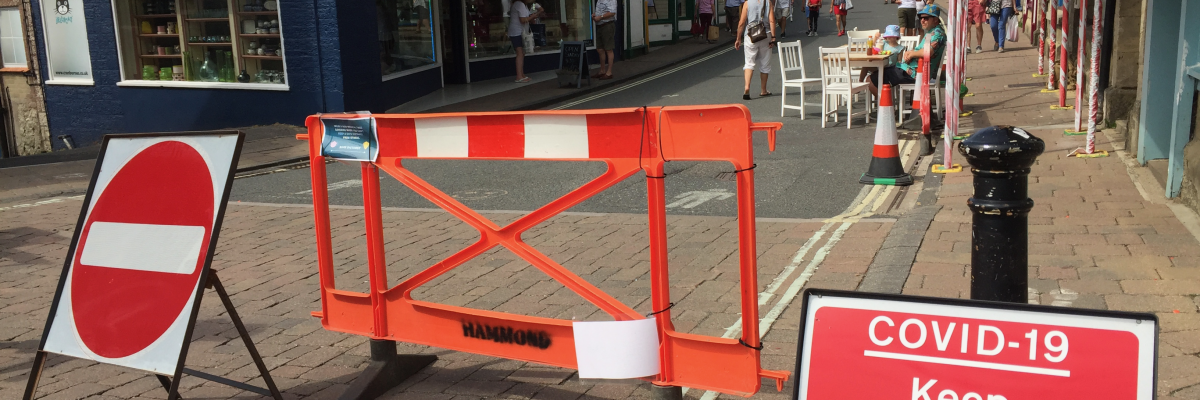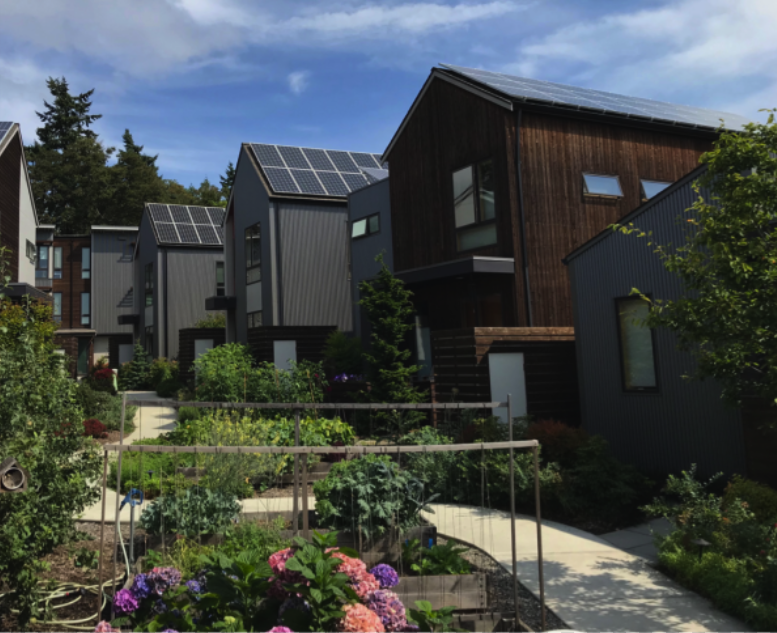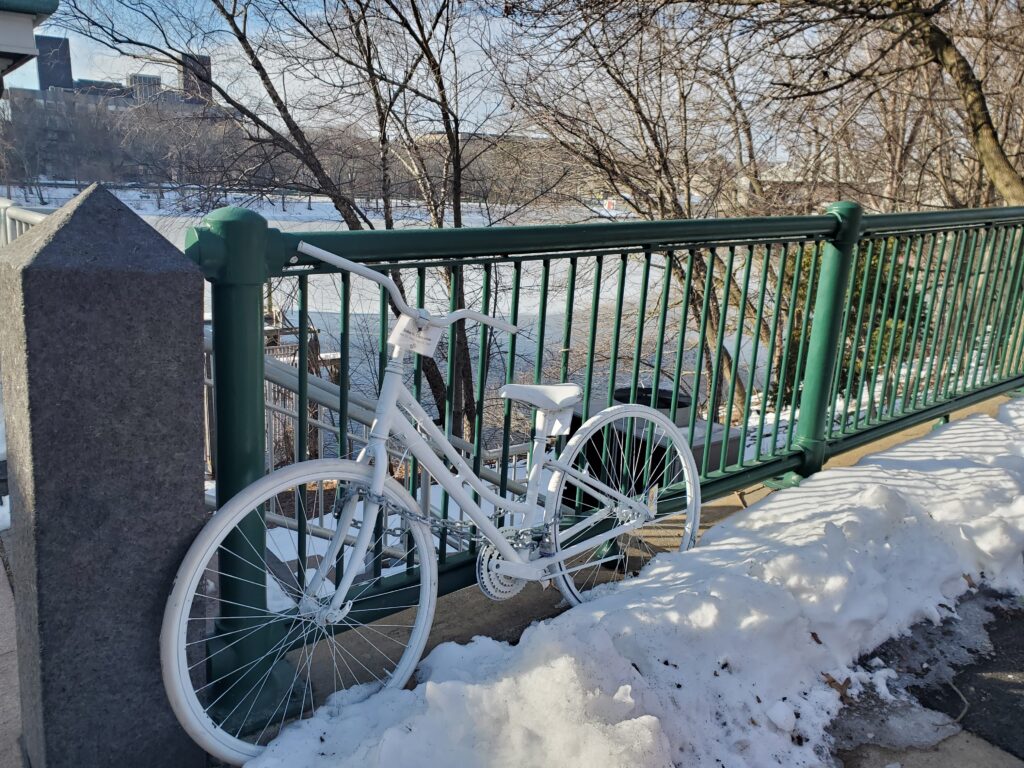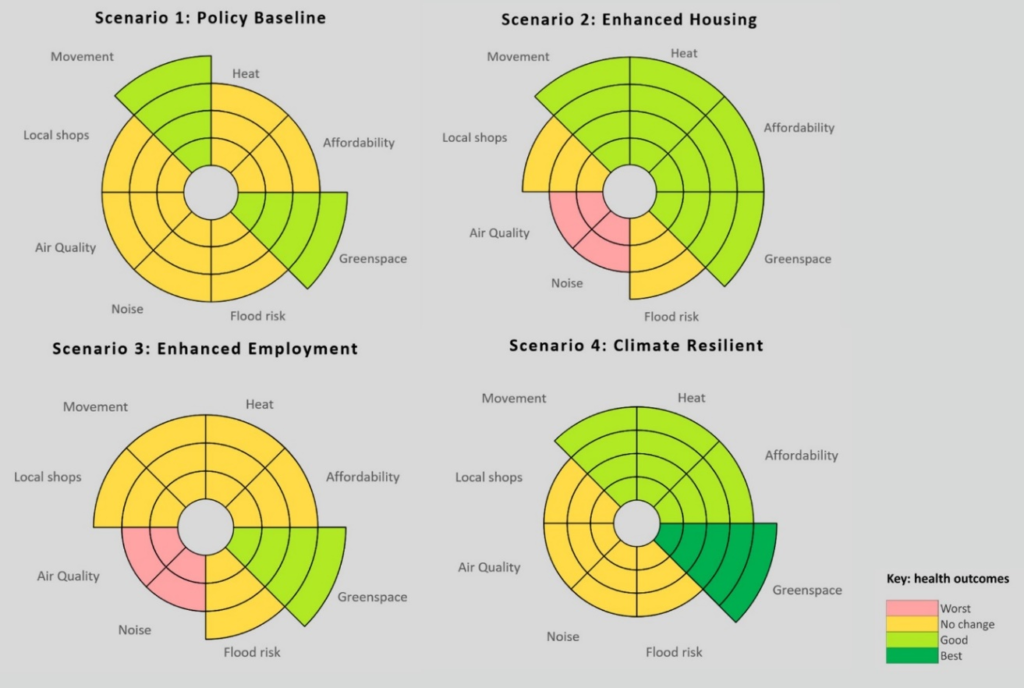City Know-hows

Share
Target audience
Managers of public space. City planners, urban designers, landscape architects and architects in Europe and Latin America and North America and Australasia. Lead urban designers in city government.
The problem
COVID-19 is changing how we use public space and this may have lasting consequences for our cities. Many conjectures, predictions and hypothesis are being made, but the future is highly uncertain. While it is too early to predict how city design will change, it is urgent to begin to outline the key dimensions of this discussion and consider how built environment related professions and practice will need to change or adapt.
What we did and why
We reviewed many of the ways in which cities might be adapting to the COVID-19 crisis with a focus on public space – use, design and management. While it is too early to predict how city design will change, it is worthwhile to begin to outline the key dimensions of this discussion and consider how our profession and practice will need to change or adapt.
Our study’s contribution
We summarize the main ways in which the COVID-19 crisis might change our relationship with public space. We think beyond the current measures to consider which changes will stay with us once the immediacy of the pandemic has passed. The size, scope and speed of the crisis make it feel like we are living through a profound transformation. It is as if we are experiencing a tectonic shift, where the ground is moving beneath us, changing the fundamental principles and rules that have governed our practice. Will 2020 define a before and after in planning and design?
Impacts for city policy and practice
While there are many potential impacts of COVID-19 on land use, urban density, telecommuting, energy, transportation, retail, and so forth, our focus is on how the current pandemic may change public space. Our list of emerging questions is extensive but not exhaustive. We do not have all the answers now. As a result, we will need to observe, measure and reflect on changing patterns in the use of public space. Things are moving fast.
We identify important questions emerging from our experiences of the COVID-19 episode that may change the ‘Use, Behaviour and Perceptions’ (nine questions) and ‘Design’ (five questions). We pose another five questions for inequities and exclusion:
How will the needs of vulnerable groups such as racial minorities, immigrants, women, the poor, elderly, children, disabled and the homeless be accounted for in future public space designs, practices, and rules?
Will cities in the Global South attempt to constrain further or regulate the informal street economy?
Will COVID-19 change who moves in and who moves out of newly redeveloped urban centers?
Will everyone be able to shift to active transit?
Will the pandemic permanently disrupt the interconnected global settlement system and freedom of movement?
Further information
Urban Planning, Environment and Health at The Barcelona Institute for Global Health, ISGlobal. An aim is to strengthen the connection between the health of the population and the environment as the foundation for urban planning
Barcelona Lab for Urban Environmental Justice and Sustainability. The Lab develops research on environmental justice and sustainability that builds on urban planning, policy, and studies in social inequality and development.
Full research article:
The impact of COVID-19 on public space: an early review of the emerging questions – design, perceptions and inequities by Jordi Honey-Rosés, Isabelle Anguelovski, Vincent K. Chireh, Carolyn Daher, Cecil Konijnendijk van den Bosch, Jill S. Litt, Vrushti Mawani, Michael K. McCall, Arturo Orellana, Emilia Oscilowicz, Ulises Sánchez, Maged Senbel, Xueqi Tan, Erick Villagomez, Oscar Zapata & Mark J Nieuwenhuijsen.
Related posts

New research explores how design team professionals manage developers’ risks to integrate health into new urban development

The high risk of death and disability from being struck by a car is unevenly distributed geographically and socially. Our analytics reveal a troubling pattern in that people from Black and Latino neighbourhoods facean especially high risk of crashes, both near and far from home.
Vision Zero leaders in the hundreds of participating cities across the world in planning departments, nonprofits, and community groups need to look at our approach.

Health evidence could be used more effectively to influence healthier urban development. We learn from a researcher-practitioner collaboration, involving an embedded researcher in local government working on a regeneration project, which helped to develop a new health modelling tool for environmental change and influence decision-making.